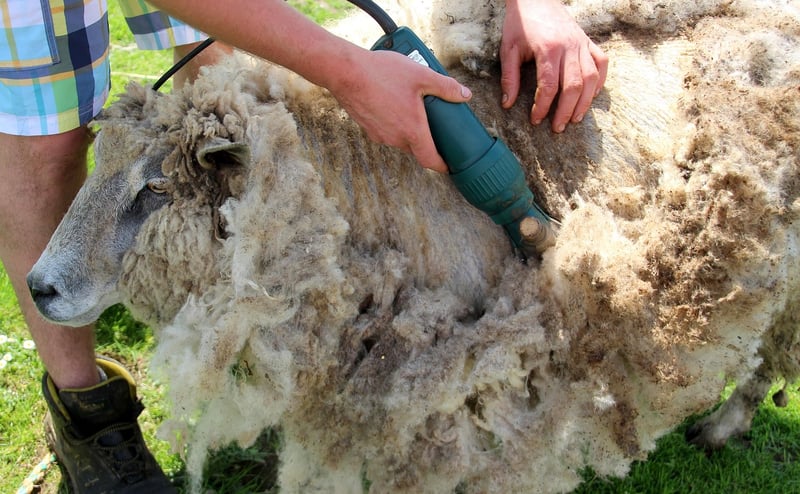Pruning Techniques
Maintain Healthy Plants with Proper Pruning Techniques
Keeping your plants healthy and thriving involves various practices, with pruning being a crucial aspect. Proper pruning not only enhances the aesthetic appeal of your plants but also promotes growth and overall well-being. Here are some essential pruning techniques to help you maintain healthy plants:
1. Remove Dead or Diseased Branches
Dead or diseased branches can be a breeding ground for pests and diseases, impacting the overall health of the plant. Use sharp, clean pruning shears to remove these branches carefully to prevent further spread.
2. Shape and Control Growth
Pruning helps control the size and shape of the plant, ensuring it grows in a desirable manner. Regularly trim back overgrown branches to maintain a balanced and visually appealing appearance.
3. Stimulate New Growth
Strategic pruning encourages new growth by redirecting the plant's energy to specific areas. By selectively trimming certain branches, you can promote the development of new shoots and flowers.
4. Improve Air Circulation
Thick foliage can hinder proper air circulation within the plant, leading to issues like mold and mildew. Pruning helps open up the plant, allowing air to flow freely and reducing the risk of fungal diseases.
5. Enhance Flowering and Fruit Production
Pruning at the right time and in the right way can significantly impact flowering and fruiting. By removing spent flowers or excess growth, you can direct the plant's resources towards producing more blooms or fruits.
6. Know When to Prune
It's essential to prune at the right time to avoid stressing the plant. Different plants have specific pruning requirements, so research the ideal timing for each type of plant in your garden.
7. Use the Correct Tools
Invest in high-quality pruning tools like shears, loppers, and saws to ensure clean cuts that promote quicker healing. Keep your tools sharp and sanitized to prevent the spread of diseases between plants.
8. Seek Professional Advice
If you are unsure about the pruning needs of a particular plant or if you are dealing with large trees that require expert handling, consider consulting a professional arborist for guidance.

By incorporating these pruning techniques into your plant care routine, you can ensure healthier, more vibrant plants that will beautify your garden for years to come.
Remember, proper pruning is a skill that improves with practice, so don't be afraid to experiment and learn what works best for your plants.
